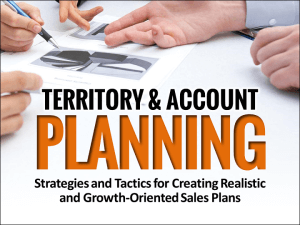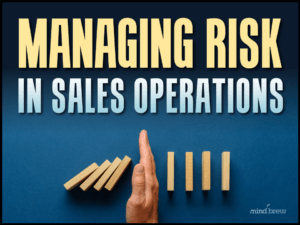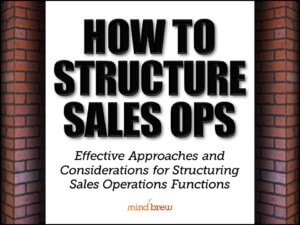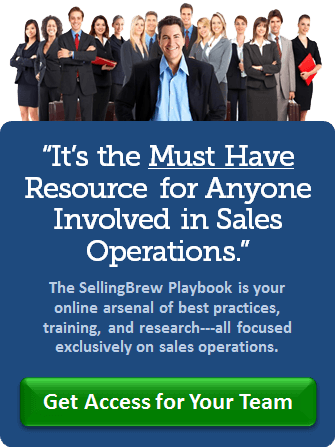When you hear the phrase “necessary evil,” what comes to mind?
Taxes? Holiday dinners at your in-laws? Maybe one of the several songs that have had that title? Thomas Paine said government was a necessary evil. Mark Twain said the same thing about work. Other people have used the phrase to describe war, marriage, and even the press.
And unfortunately, we suspect that a lot of sales managers and sales operations professionals think of account planning as a necessary evil.
At some B2B firms, account planning is done only informally, if at all. Others have a much more rigorous process, but everyone involved thinks of it as an unpleasant chore to cross of their lists.
The problem with both of these approaches is that it can leave you blind to some of the opportunities that the account planning process could otherwise reveal.
In our experience, there are three really important types of opportunities that leading account planners look for very specifically. And if you think of account planning as a necessary evil, it’s really easy to miss them.
1. Volume Growth—Are your current customers spending as much with you as they could be? By comparing your customers’ purchases with the purchases of very similar customers, you can identify potential upsell opportunities. (Note, however, that in order to make this analysis work as it should, you need a very robust customer segmentation.)
2. Portfolio Expansion—The same sort of analysis—comparing your current customers to other customers within the same segment—can help you identify cross-sell opportunities. If most companies in a particular segment buy widgets and gizmos, and one is buying only widgets, your salespeople are probably going to find it fairly easy to get that company to buy gizmos too.
3. Share Recapture—If a customer is buying fewer products or fewer product lines from you than they have in the past, it’s a likely sign that they are about to defect. By comparing a customer’s current purchases to its historical purchases, you can identify opportunities to win back business that you have lost or are losing.
You’ll notice that all three of these opportunities are the kinds of “low-hanging fruit” that salespeople really like to go after. They’re also all easy to spot with the right kind of analytics—but you might miss them if you don’t look for them specifically. And while the individual opportunities might be fairly small, if you do this analysis across your entire customers base, the impact can be huge.
Many of the best account planners in B2B tell us that they go looking for these three kinds of opportunities. You can learn more about how the “best of the best” tackle account planning in the webinar Leading Edge Account and Territory Planning.
It just might help you stop thinking of account planning as a “necessary evil” and start viewing it as the tremendous opportunity it really is.












